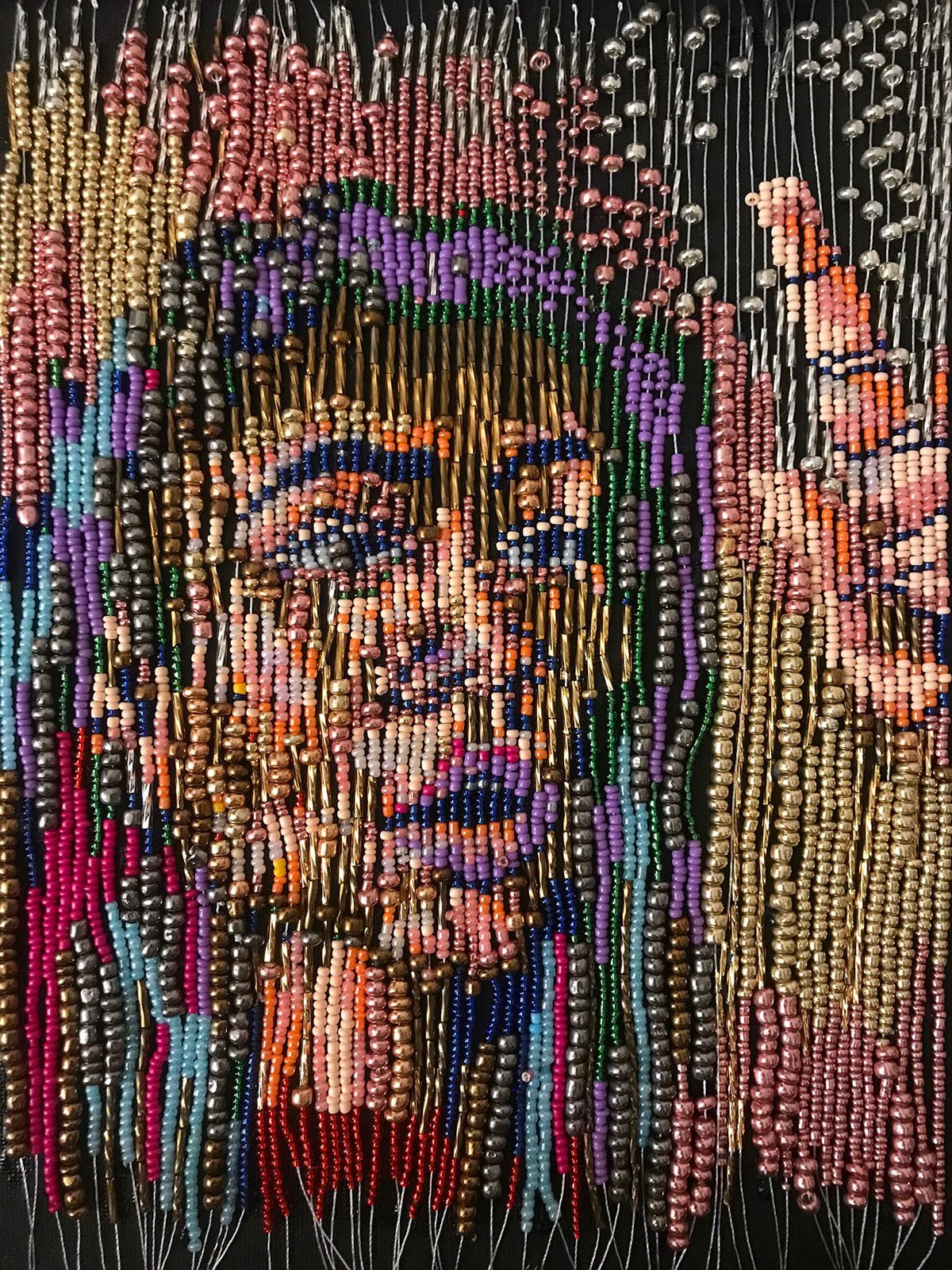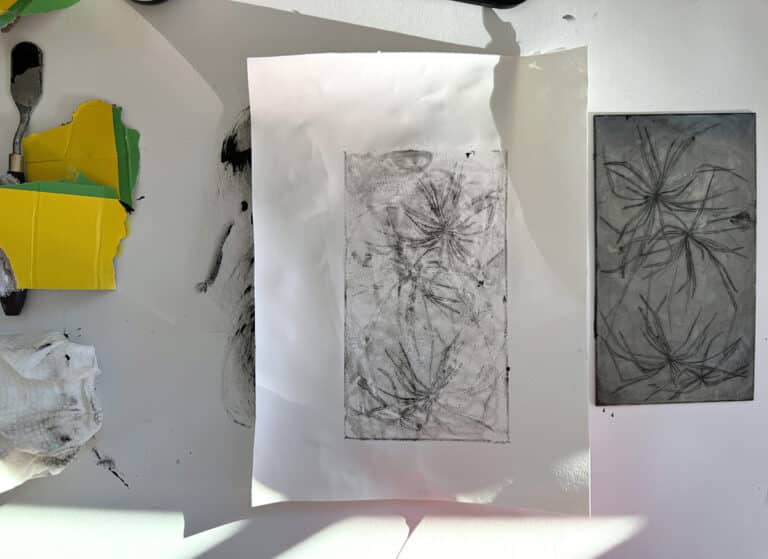In the spring of 2019, AP Art & Design shifted the portfolio expectations, leaving some art teachers scratching their heads. This “new” portfolio focuses on sustained investigation, process, and a synthesis of materials.
Let’s look at what it means to synthesize materials while guiding students through a non-traditional self-portrait lesson.
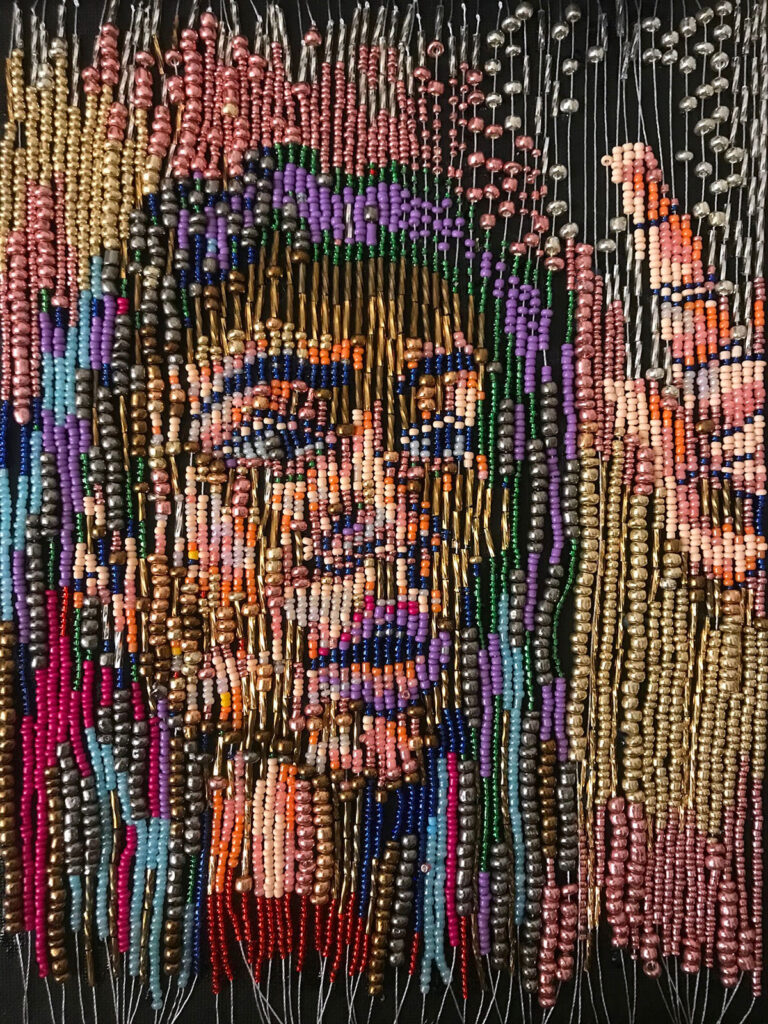
What is synthesizing media?
Synthesizing materials means making intentional media decisions directly related to the artwork’s meaning. For example, let’s say a student conceptualizes an artwork on how pollution has impacted the earth. They want to make an acrylic seascape depicting floating garbage and a sea turtle caught in plastic pop rings.
Instead of jumping right into working, the student would reflect on the following questions first:
- Why choose acrylic paint on canvas?
- How does acrylic on canvas enhance or detract from the message of the artwork?
- Why depict a sea turtle and garbage floating in the ocean?
- What materials can be incorporated that relate to pollution?
- How can these materials be used in new ways?
These questions might lead the student into a series of landscapes collaged with garbage. The student could visit various sites, document the locations, collect trash from those sites, and use the trash to create the artwork. They could paint the landscape with liquids that are often carelessly tossed down the drain.
The goal is for the materials chosen to demonstrate the idea and contribute to the artwork’s meaning. Furthermore, these questions also allow students to create pieces beyond the expected, cliché, or trite.
The Non-Traditional Self-Portrait Challenge
Try this non-traditional self-portrait lesson to help students explore the relationship between media and meaning-making through brainstorming. This lesson is perfect for summer or to start the school year. It will stretch students to create outside of their comfort zone as they justify how their material choices impact the concept they want to communicate.
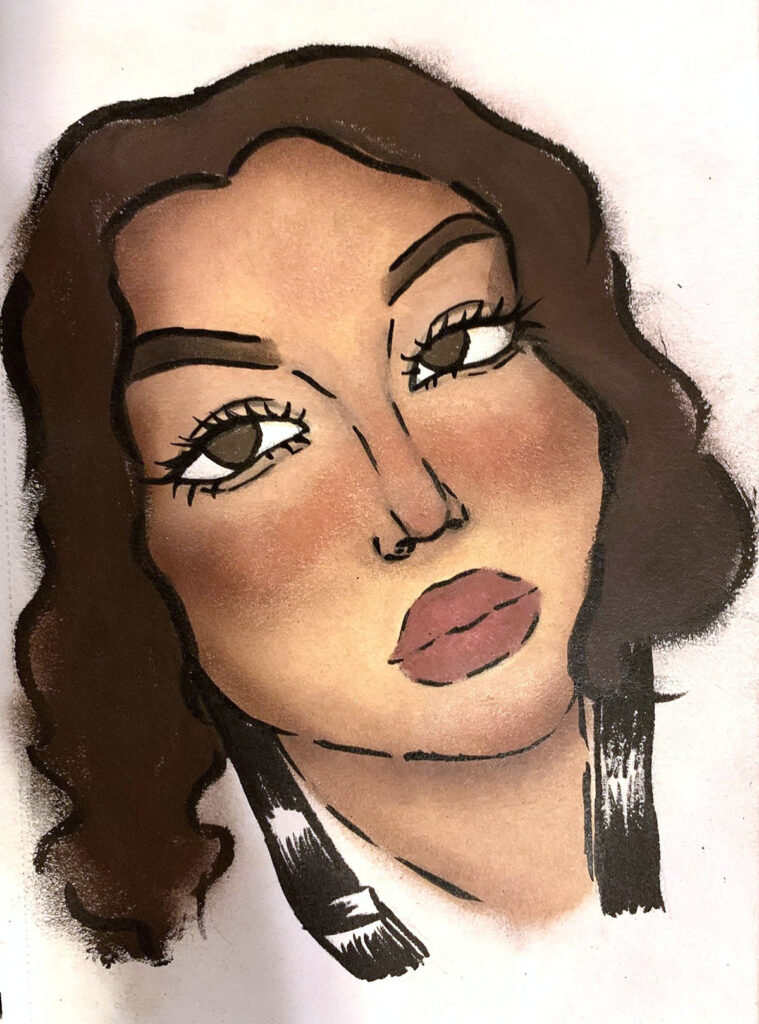
The challenge?
- Students create a fully resolved self-portrait using non-traditional materials or tools.
- Students consider how media and tools relate to the meaning of the subject matter and artwork as a whole.
- Students document the process from brainstorming to refinement.
- Students write a short artist statement that includes the title, dimensions, and media.
First, for students to creatively brainstorm and try new media, they need to feel safe. Second, there are a few facets to be aware of when it comes to photography and digital media selections. And third, incorporate a variety of contemporary artists to inspire students in their process.
As you implement this lesson, keep in mind these three factors.
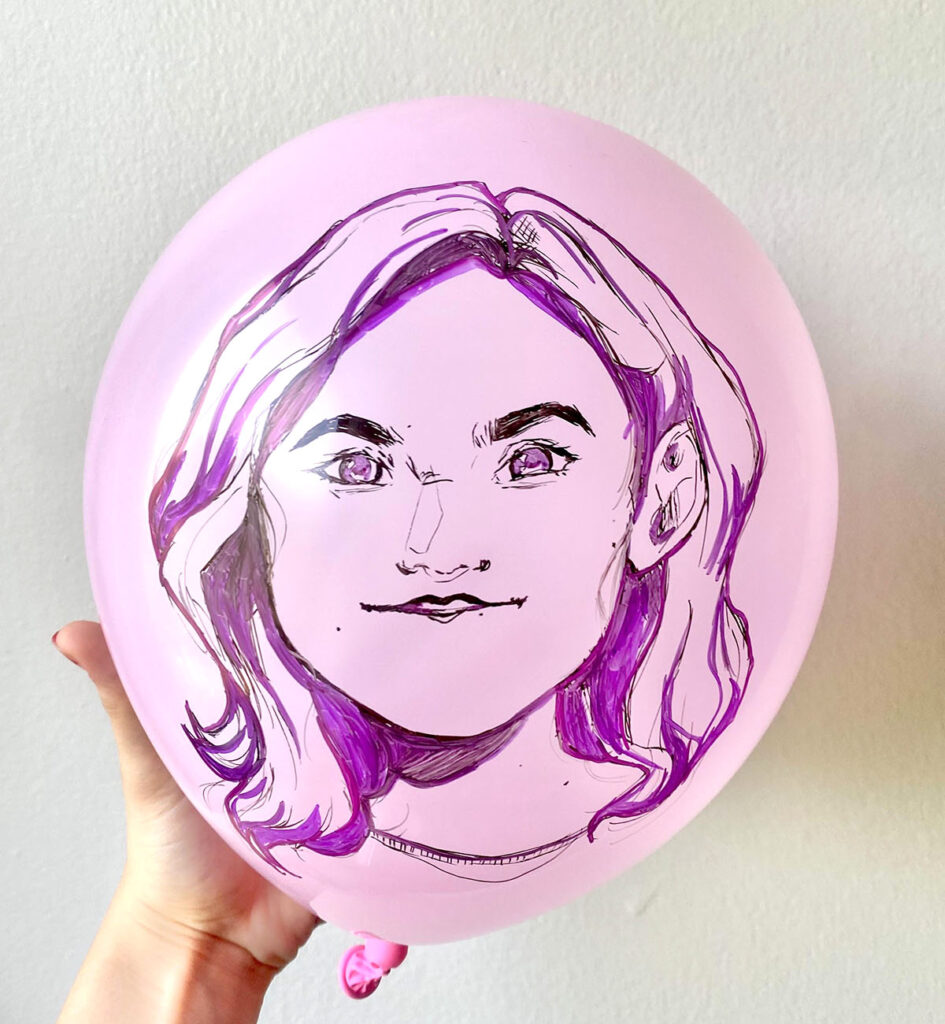
1. Keep the subject matter familiar for students to feel comfortable taking risks.
Because students are expected to push outside their comfort zone with media, it’s important to keep the subject matter close to home. A self-portrait is a perfect place to start! Students spend a lot of time thinking about themselves, considering their identity, and looking in the mirror. Remind your more reserved students that self-portraits do not need to depict their faces.
One thing to watch for is students coming from structured or siloed courses (such as drawing or ceramics only). Perhaps they are used to more rigid assignments, or their experience is limited to one medium. If this is the case, it can be a struggle to introduce the thoughtful exploration of media in the eleventh hour. As students move into your advanced or AP program, take time to allow them to explore outside-the-box thinking in a safe way.
Brainstorming is key to getting students thinking and connecting. Word webs and mind maps help students identify a theme or central idea. Once that theme is identified, they can start listing alternative or non-traditional media.
Let’s say a student feels they are tough on the outside and soft on the inside. They may consider sewing a soft sculpture and attaching bottle caps as armor. Or, maybe you have a photography student who wants to communicate their love of walking. They could create imagery by applying liquid emulsion to a pair of white canvas sneakers. Or, perhaps you have a student who loves to paint food. What would happen if they mixed spices into their paint or used handwritten recipes and food packaging as collage material?
After searching for innovative ways to synthesize materials, if a student remains set on using a medium in a traditional way, they still can! The focus should be on why the student chose one medium over another in relation to their message.
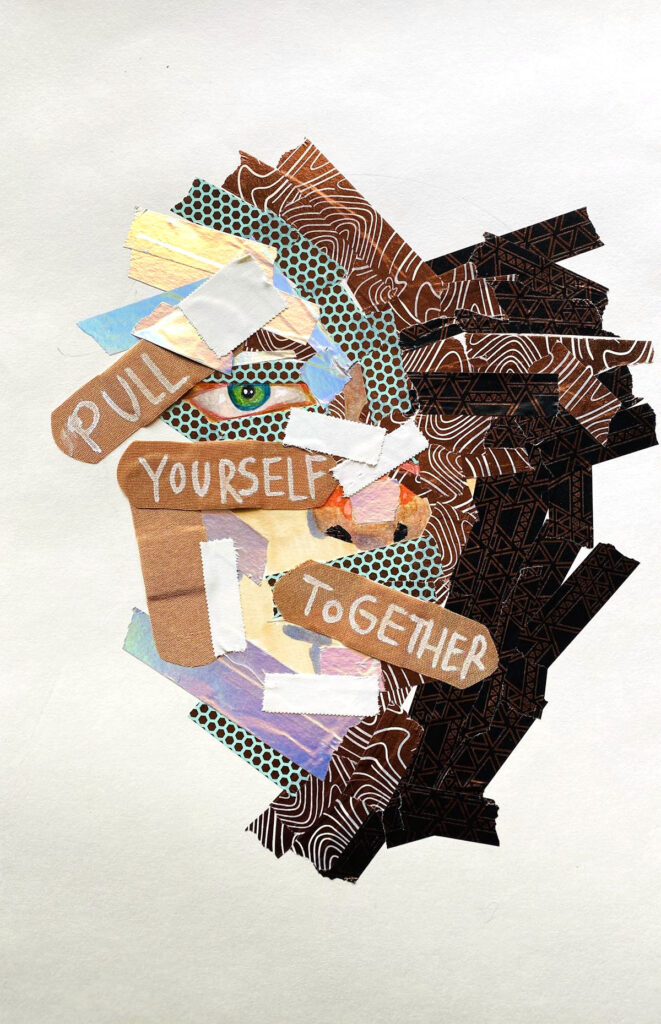
2. Consider how the work will be exhibited or manipulated with photography and digital media.
We often get stuck when it comes to photography and digital media. How can we help students bring these mediums and processes into the next realm?
Students enjoy digital drawing for many reasons. It’s easy to fix mistakes and repeatedly manipulate images to achieve different outcomes. Of course, erasing, animating, and manipulating are also achievable with traditional materials and processes. So, students must intentionally consider if and when to go the digital route.
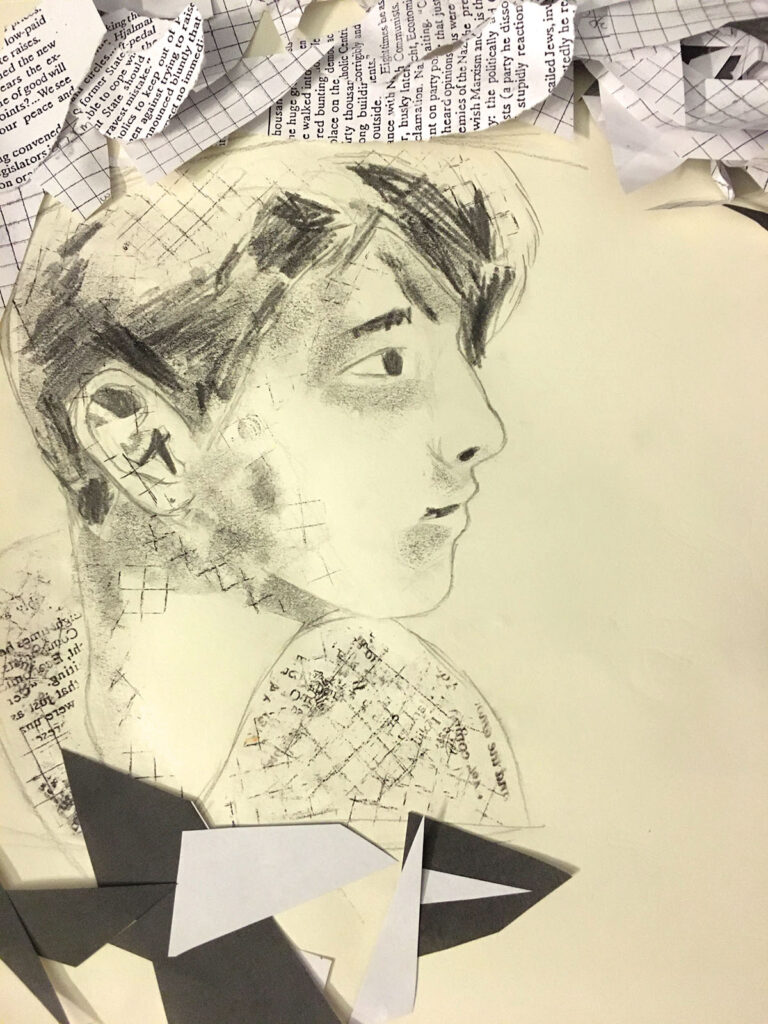
Photography students may be dead set on a portfolio filled with “straight” photography. There is nothing wrong with that! Instead, students will focus on how to set up for their shoot. For example, if a student uses UV light, they will specifically choose paint or other items that would glow under that particular kind of light.
Considerations also include how the photo is printed or digitally, or physically manipulated. For example, let’s say you have a student who wants to depict cultural appropriation in portraiture. They decided to shoot models wearing various cultural textiles.
To take the medium one step further, encourage the student to:
- Cut and weave the photos to create a whole new image.
- Create new textiles with the woven photos.
- Rephotograph the model wearing the new pieces.
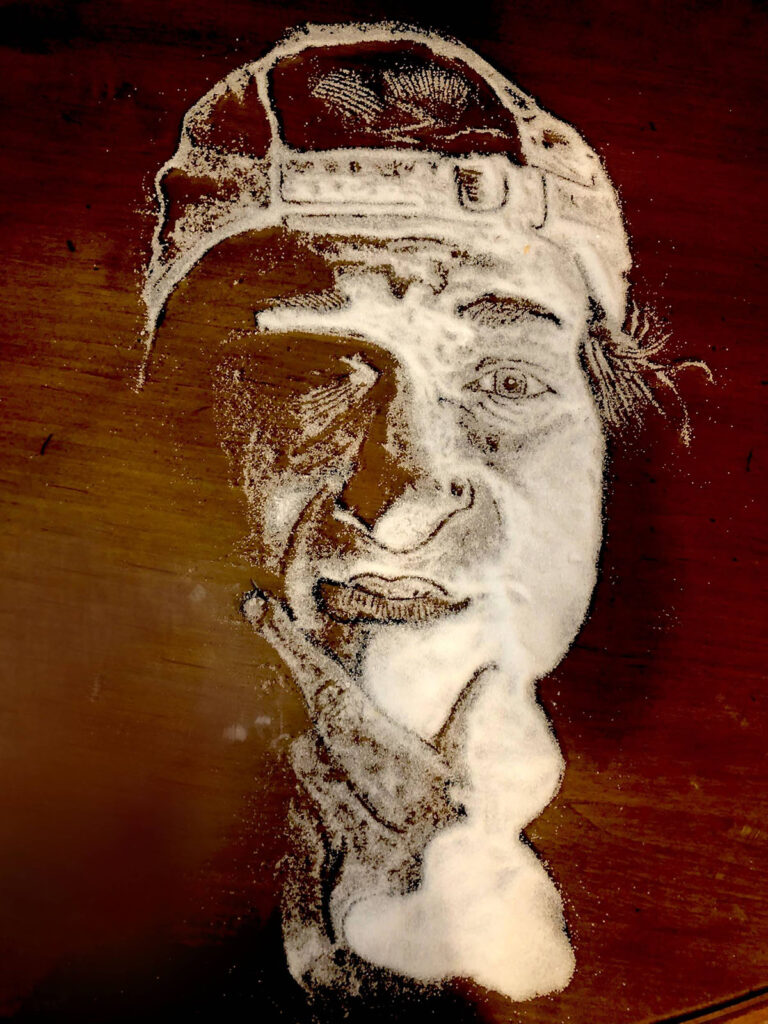
3. Show a variety of contemporary artists who model synthesizing media.
Giving descriptions of how students can push their artwork is helpful, but looking at how contemporary artists use media is essential as students build comprehension.
To get you started, here are three artists who focus on portraiture with distinct media choices:
After viewing these artists and their work, ask students to consider the meaning and mood created from each portrait and explain how the chosen media supports the message. For even more exciting artists, check out 7 Contemporary Artists to Support Advanced Students.
Although specific to the AP Art & Design portfolio process, the mindset and process of synthesizing materials can be introduced into any course, at any level. It is important to put the term “synthesizing media” into student-friendly language with many examples. Some of these examples can come from the exploration of contemporary artists, like the ones suggested above. Providing students with a safe space to brainstorm will foster creative ways to manipulate materials. It will also allow students room to make those connections in their own artistic journey and pieces!
Who are some contemporary artists your students love who synthesize media?
What strategies have you used to introduce the synthesis of materials to your students?
How have you incorporated the synthesis of media into ALL your courses?
Magazine articles and podcasts are opinions of professional education contributors and do not necessarily represent the position of the Art of Education University (AOEU) or its academic offerings. Contributors use terms in the way they are most often talked about in the scope of their educational experiences.
